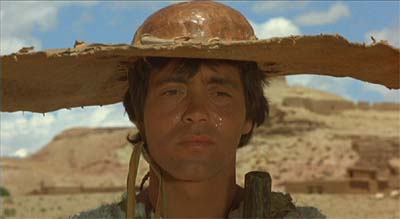Where? Factory Settings Ltd. - a scenic fabrication company.
How long? I did my full 12 weeks there then continued with them throughout summer, overall I spent 6 months working there.
What did you work on? Numerous projects for theatres, to exhibitions at the V&A as well as travelling exhibitions and plays.
What did you do? On each project I undertook a variety of tasks. Whilst there I learnt carpentry and how to make a variety of flats, furniture etc. I also did a lot of painting and scenic painting of the sets and props. I also learnt metal work, leaning how to weld metal together, grind and clean metals and how to contruct metal frames. I also made a stained glass window as well as numerous different props.
What did you get out of it? The techniques and methods I picked up from the workers at factory settings were invaluable. Working there enabled me to read technical drawings and apply what i had read into a prop or set. I had never even thought about doing metal work and absolutly loved it and want to do more metal work in the future. I also got to visit theatres to set up the props and sets as well as getting to go "behind the scenes" at the V&A which was a really good experience. Probably the most valuable thing I got from the work experience was the pace things were made. I could make things so quickly by using the correct techniques, and I saw sets being built in a day whereas in the uni environment you get a much longer deadline.
I personally think that the work experience aspect of the course is the most important part of the 3 years. Not only does it make you more independent as a person having to find the work etc., but it is an experience that readies you for what is to come once the course is over.
Lara has also been working on the set of the new film Magwitch, from Viola Films.
The film is conceived as a prequel to Charle Dickens' 'Great Expectations'. Here are some photos of work in progress.
The film will receive its world premiere on 11th February 2012 in Rochester Cathedral. Follow Viola Films on Twitter here.
Lara has also been working on the set of the new film Magwitch, from Viola Films.
The film is conceived as a prequel to Charle Dickens' 'Great Expectations'. Here are some photos of work in progress.
The film will receive its world premiere on 11th February 2012 in Rochester Cathedral. Follow Viola Films on Twitter here.




















































